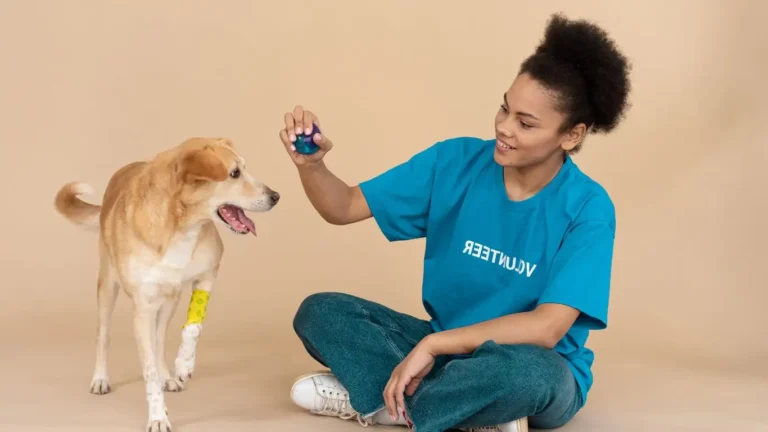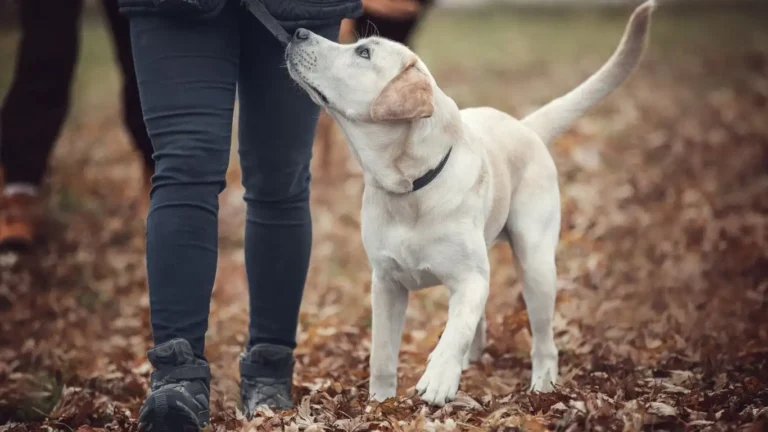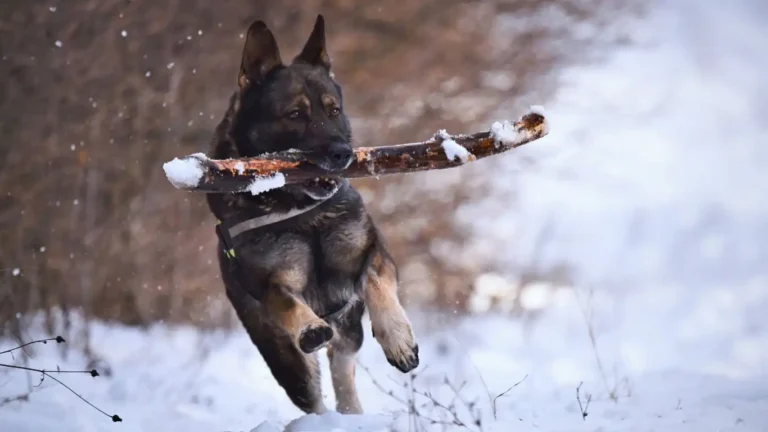How to Train a Dog to Not Run Through Open Doors Easily
If you’ve ever had a dog bolt through an open door like it’s the finish line of a race, you know how stressful—and downright dangerous—it can be. Teaching your furry friend how to train a dog to not run through open doors is one of those essential skills that makes daily life smoother for both of you. From my years as a Canine-Assisted Therapy Trainer, I can tell you firsthand that with the right approach, patience, and consistency, this behavior can be changed. The good news? It’s not about strict discipline or yelling—it’s about clear communication and trust.
Why Dogs Dash Through Open Doors and What It Means
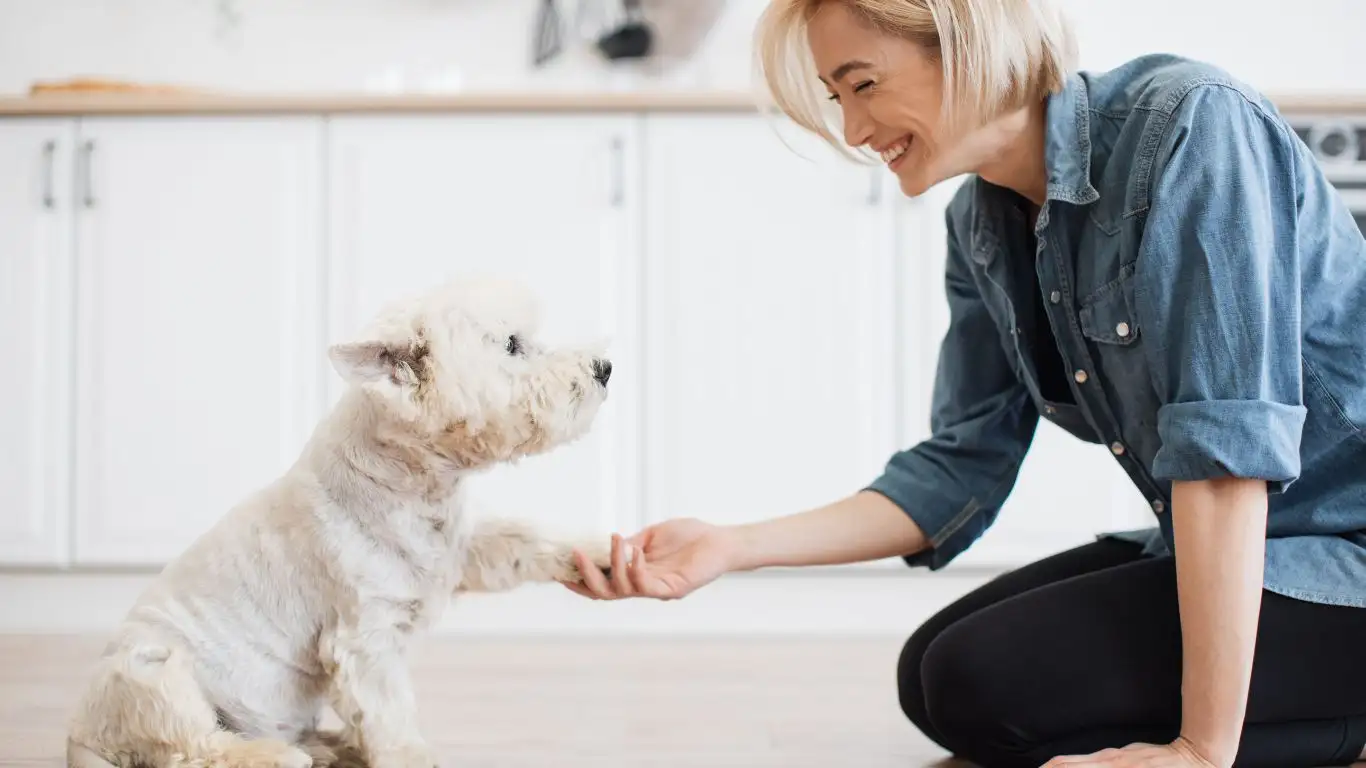
Dogs don’t just sprint out the door because they want to be rebellious. Often, it’s an instinctual reaction. Doors represent a gateway to the outside world — full of smells, sounds, and exciting possibilities. From my experience working closely with therapy dogs, many of them react to open doors out of curiosity, anxiety, or simply an urge to explore. Sometimes, it’s a burst of energy they don’t quite know how to manage yet.
Understanding this impulse is key. Instead of punishing your dog for trying to escape, try to see things from their perspective. When you grasp why they’re drawn to the door, you can tailor your training approach to be more empathetic and effective.
Setting the Foundation: Teaching Door Manners
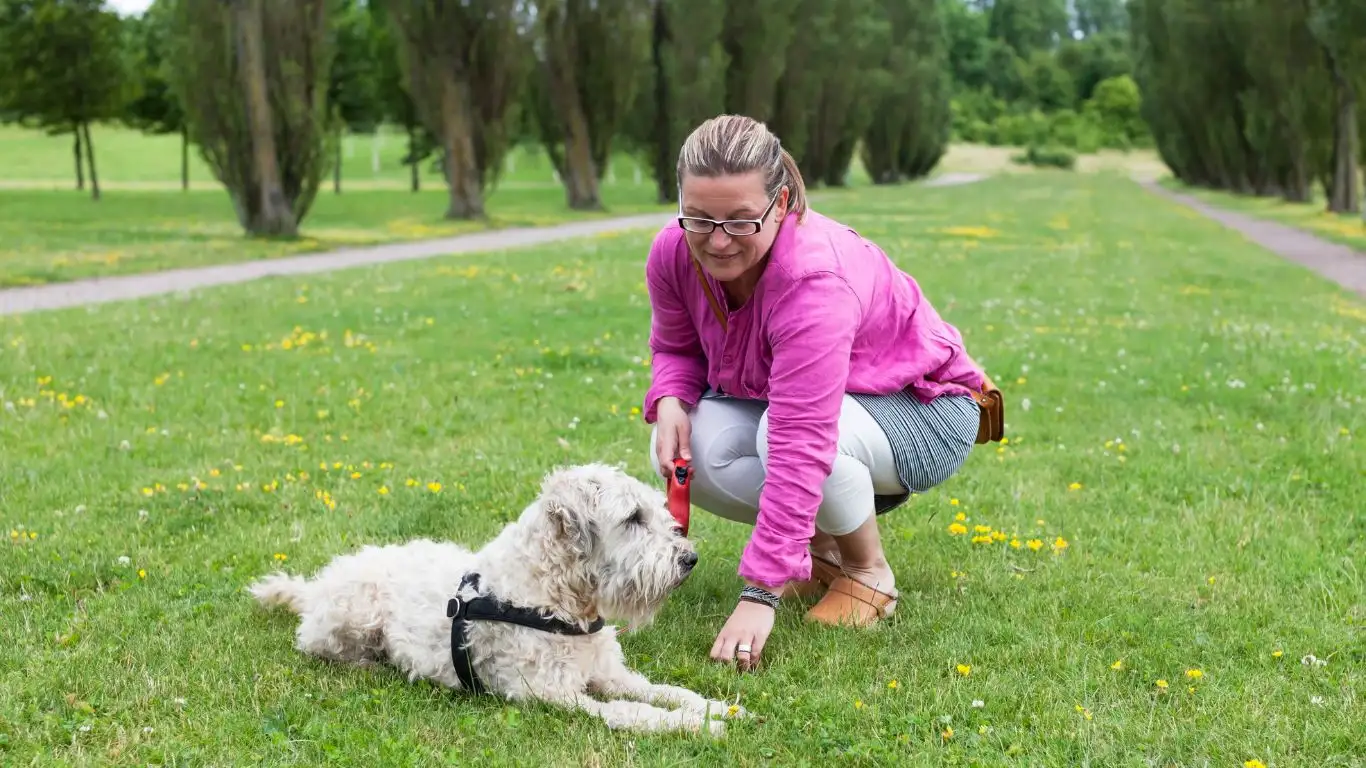
Start With Basic Obedience
Before diving into door-specific training, make sure your dog has a solid understanding of basic commands like “sit,” “stay,” and “come.” These commands lay the groundwork for self-control, which is crucial when they’re near an open door.
In my training sessions, I often reinforce these commands by practicing them in high-distraction environments, gradually introducing the open door as a distraction. This helps dogs focus on me rather than the tempting outside world.
Introduce the “Wait” Command at the Door
The “wait” command is a lifesaver when it comes to managing door behavior. Here’s how I typically introduce it:
- Start with the door closed. Ask your dog to sit and give the “wait” command.
- Slowly open the door just a crack. If your dog stays put, reward with treats and praise.
- Gradually open the door wider over several sessions, always rewarding calm behavior.
- If your dog tries to bolt, calmly close the door and reset the exercise without scolding.
This step-by-step approach builds trust and helps your dog understand that waiting at the door gets them good things, not punishment.
Tools and Techniques That Help

Use a Leash or Long Line
When you’re starting out, always use a leash or long line to maintain control. I’ve seen many owners get frustrated when their dog suddenly darts out, and a leash is a simple safety net to prevent escape and reinforce training.
Positive Reinforcement Is Your Best Friend
Nothing beats a tasty treat or enthusiastic praise when your dog gets it right. From my own training experience, dogs learn way faster when they associate good behavior with positive outcomes. Whether it’s a favorite snack or an excited “Good job!”—make it count.
Practice Patience and Consistency
Dogs thrive on routine, so try to practice these door manners multiple times a day. Short, consistent sessions work better than one long, tiring attempt. Keep the vibe light and encouraging, and remember that setbacks are part of the process.
Advanced Strategies to Prevent Your Dog From Running Through Open Doors

Once your dog has the basics down, it’s time to level up your training game. From my years working as a Canine-Assisted Therapy Trainer, I can tell you that preventing door dashes isn’t just about commands; it’s about creating an environment where your dog feels safe and understands the boundaries clearly. This means adding some new tools and techniques to your training toolkit.
Teach a Solid “Door” or “Stop” Cue
A great trick I use frequently is teaching a specific cue like “door” or “stop” that signals your dog to halt right at the threshold. The goal is to have your dog automatically pause whenever they approach any door, whether it’s open or closed.
Here’s how you can do this:
- Walk your dog towards the door on a leash and say the cue word as they approach.
- The moment they stop or hesitate, mark that behavior with a clicker or verbal praise, then reward with a treat.
- Repeat this frequently, gradually increasing the distractions—like opening the door or having people move around nearby.
- Over time, your dog learns to associate the cue with a firm stop at the door.
This method has saved many dogs in my sessions from darting out unexpectedly and can work wonders when practiced consistently.
Create a Safe “Place” Near the Door
Another technique I swear by is designating a “safe place” near the door, like a mat or bed, where your dog is trained to go and wait calmly before exiting. This spot becomes their calm zone, helping them manage the excitement of the open door.
Here’s how to set it up:
- Pick a spot close to the door that’s comfortable and clearly defined.
- Use your dog’s favorite treats and toys to encourage them to settle there.
- Practice having them stay on the mat while the door opens and closes.
- Only allow them to leave the mat and go through the door when you give a release command like “okay” or “let’s go.”
In therapy work, this “place” command not only prevents door rushing but also helps dogs regulate their behavior in all sorts of stimulating environments.
Addressing the Root Cause: Anxiety and Overexcitement

Sometimes, dogs bolt because they’re anxious or overly excited. If your dog is one of these, simply teaching commands won’t be enough. You need to dig a little deeper into their emotional state. Over the years, I’ve worked with many dogs whose door-dashing was driven by fear or an intense urge to chase something outside.
Recognize the Signs of Door Anxiety
Does your dog pace nervously near doors? Whine or bark obsessively when someone approaches? These are signs that the open door triggers anxiety or frustration. In such cases, your training focus should include calming exercises along with obedience.
Calming Exercises and Environmental Management
- Desensitization: Gradually expose your dog to the door opening and closing at a pace they can handle, rewarding calm behavior every time.
- Counterconditioning: Pair the door opening with something positive, like treats or gentle petting, so they start associating it with good feelings instead of anxiety.
- Manage the Environment: Use baby gates or barriers during high-activity times to prevent your dog from having unsupervised access to the door.
In therapy settings, calming strategies are critical, especially for dogs prone to anxiety. If your dog struggles with these feelings, consider consulting a professional trainer or behaviorist to get tailored help.
Consistency and Real-Life Practice: The Keys to Success
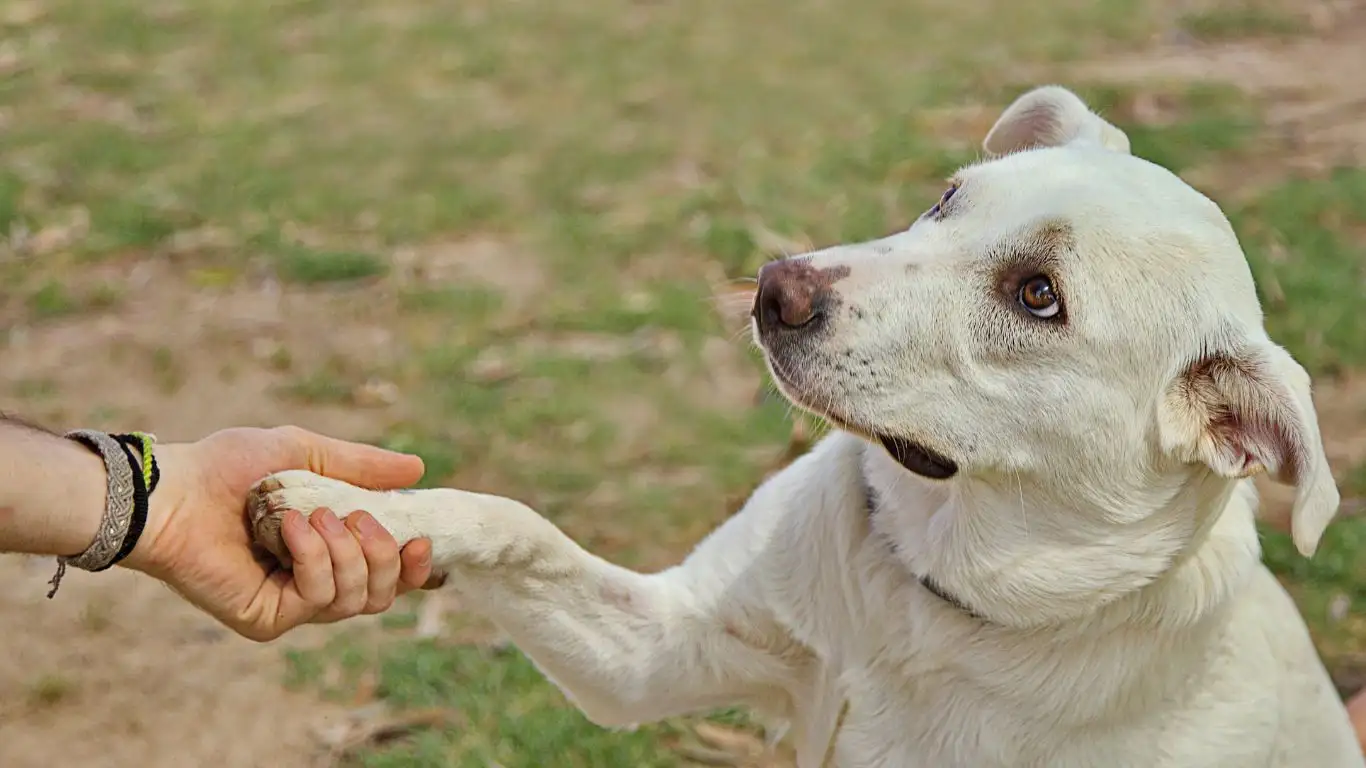
The biggest piece of advice I always share with owners is this: practice, practice, practice. Training your dog to not run through open doors is a lifestyle change, not just a one-off lesson. Here are some tips to keep your training effective and ongoing:
- Incorporate Door Training Into Daily Routines: Every time you enter or leave, use the “wait” or “stop” cues to reinforce good habits.
- Involve All Family Members: Make sure everyone in the house is on the same page with commands and rules—dogs thrive on consistency.
- Practice in Different Environments: Work on door manners not just at home but at friends’ houses, at the vet, or any place your dog might face open doors.
- Keep Sessions Short and Positive: Avoid overwhelming your dog; 5-10 minutes a few times a day works best.
When you commit to consistent, patient practice, your dog will start to get the hang of waiting calmly instead of bolting out the door. It’s a process, but with love and dedication, it’s absolutely doable.
Common Challenges and How to Overcome Them
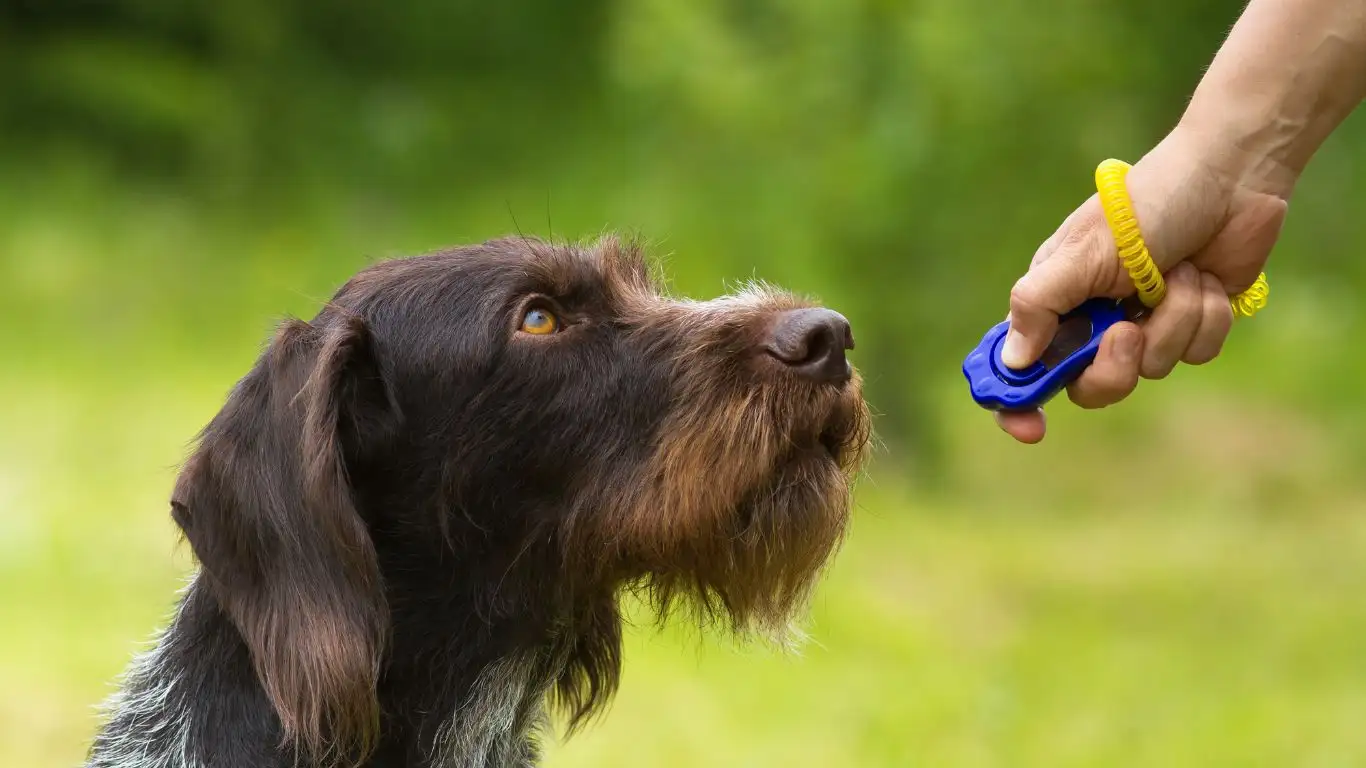
Even with the best intentions and consistent training, some dogs can be stubborn or easily distracted when it comes to not running through open doors. From my experience in canine-assisted therapy training, these challenges are totally normal and part of the journey. The key is not to get discouraged but to understand what might be holding your dog back and tweak your approach accordingly.
The “Door Dash” That Just Won’t Quit
Some dogs develop a habit that’s hard to break because the thrill of escaping is just too tempting. If your dog keeps darting out despite training, it might be that the “rewards” they get outside—whether it’s chasing squirrels, greeting neighbors, or just running free—outweigh the treats or praise they get indoors.
One trick I’ve found helpful is upping the ante on rewards indoors. I mean, really premium treats or toys that your dog absolutely adores. When the inside environment becomes more rewarding than the outside dash, you’ll start to see a shift. Also, adding mental stimulation and regular exercise can reduce the impulse to bolt by burning off excess energy.
Dealing With Door-Related Anxiety or Fear
If your dog is running through doors because of anxiety, the challenge is different. Instead of just teaching them to stop, you’ll want to focus on building confidence. Gentle exposure and lots of calm reassurance go a long way here. When I work with anxious dogs, I often pair door training with relaxation exercises like deep pressure or massage techniques to help them stay calm.
Remember: every dog is unique. What works for one might not work for another, and that’s okay. Keep observing your dog’s reactions and adjust your training accordingly.
Incorporating Door Training Into Your Everyday Life
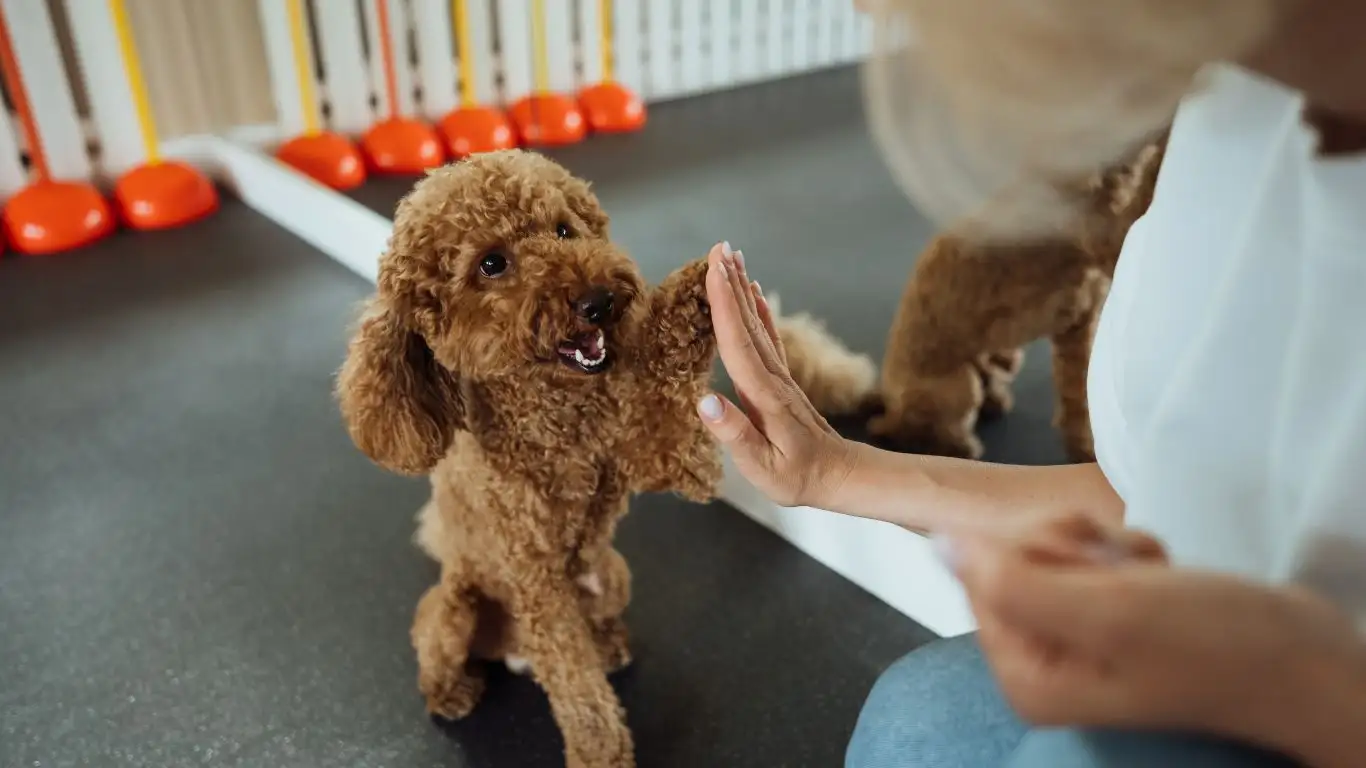
Training your dog to stay put at open doors isn’t just a one-time lesson—it’s a lifestyle habit that you build into your daily routine. Here are a few practical tips that have helped me and countless clients keep the training consistent and fun:
Make Doors Part of Your Walk Routine
Whenever you go in or out, take a moment to practice the “wait” or “stop” command. This reinforces that every door is a checkpoint, not just a gateway to freedom. Over time, it becomes second nature to your dog.
Use Everyday Moments as Training Opportunities
Got guests coming over? Use the door training cues to keep your dog calm and controlled. Running errands? Practice the “place” or “wait” commands before heading out. These mini sessions build up good habits without feeling like formal training.
Celebrate Progress, Not Perfection
Dogs aren’t robots—they’re living, breathing beings with moods, distractions, and days when they just don’t feel like cooperating. Celebrate every small win and be patient with setbacks. From my personal experience, a calm and positive attitude from you is the best motivator for your dog.
Additional Resources and Professional Help
If you’re finding the training process tricky, don’t hesitate to reach out to professional trainers or behaviorists. Sometimes an outside perspective can uncover a hidden hurdle or offer specialized strategies tailored to your dog’s personality and needs.
Here are some trusted places to explore more about dog training and behavior:
- https://www.aspca.org/
- https://www.avma.org/
- https://www.ccohs.ca/ (for safety tips)
Remember, knowledge is power, and combining professional advice with your hands-on efforts will give your dog the best chance at mastering those door manners.
Disclaimer
This article is based on my personal experience as a Canine-Assisted Therapy Trainer and general best practices in dog training. Every dog is unique, and while the techniques shared here have proven effective, they may not work the same way for every dog. If you have concerns about your dog’s behavior or health, please consult a certified professional trainer or veterinarian for personalized advice.

